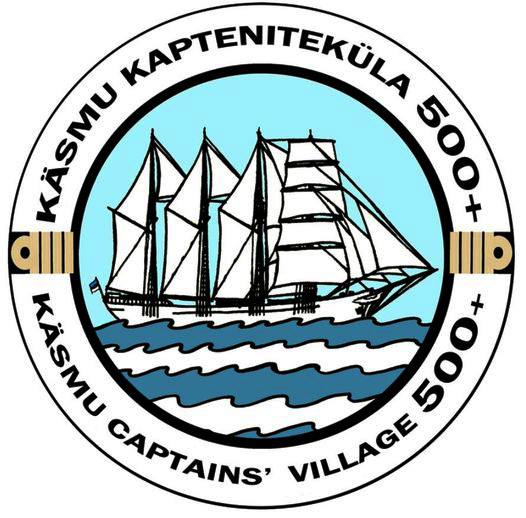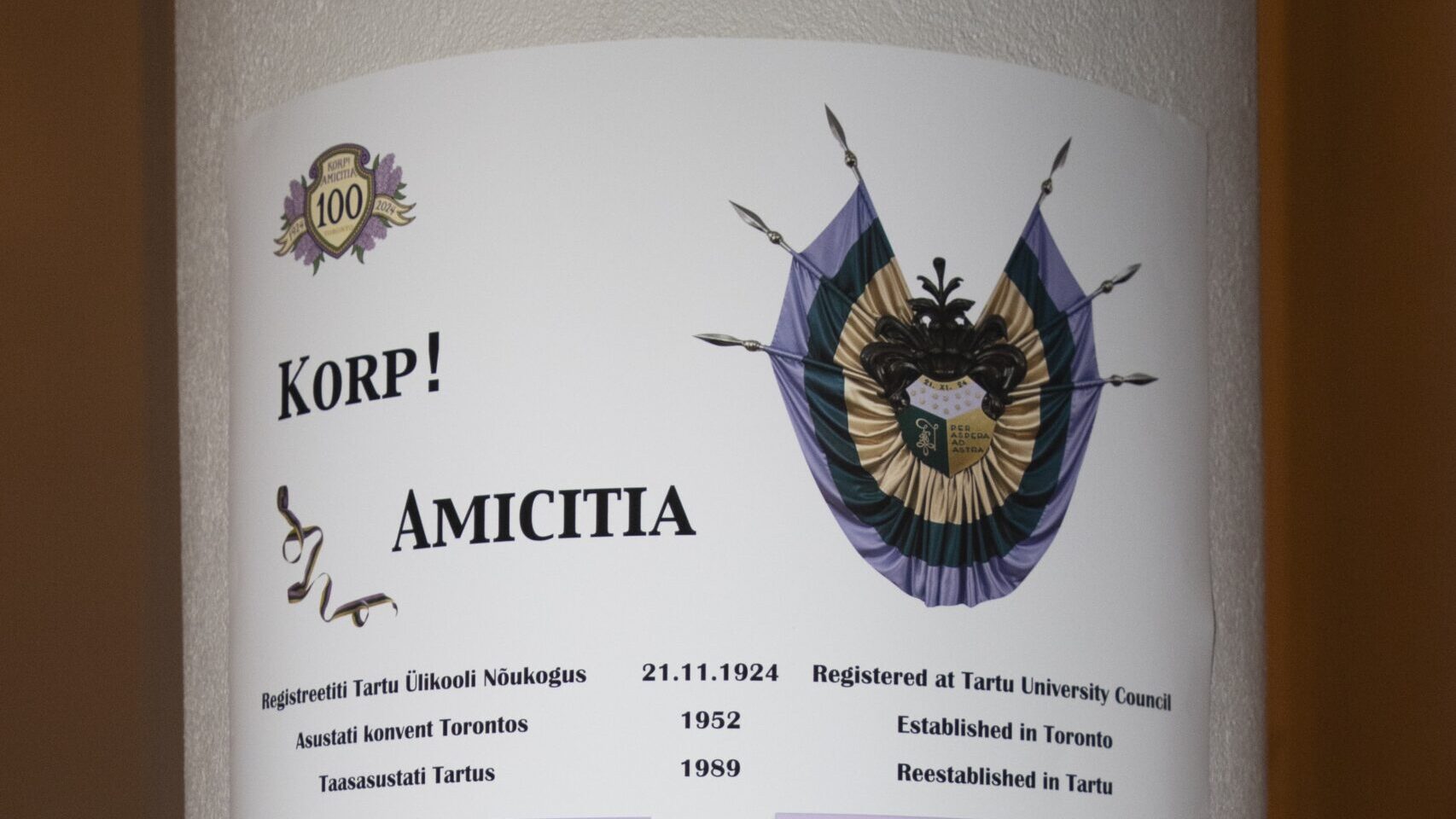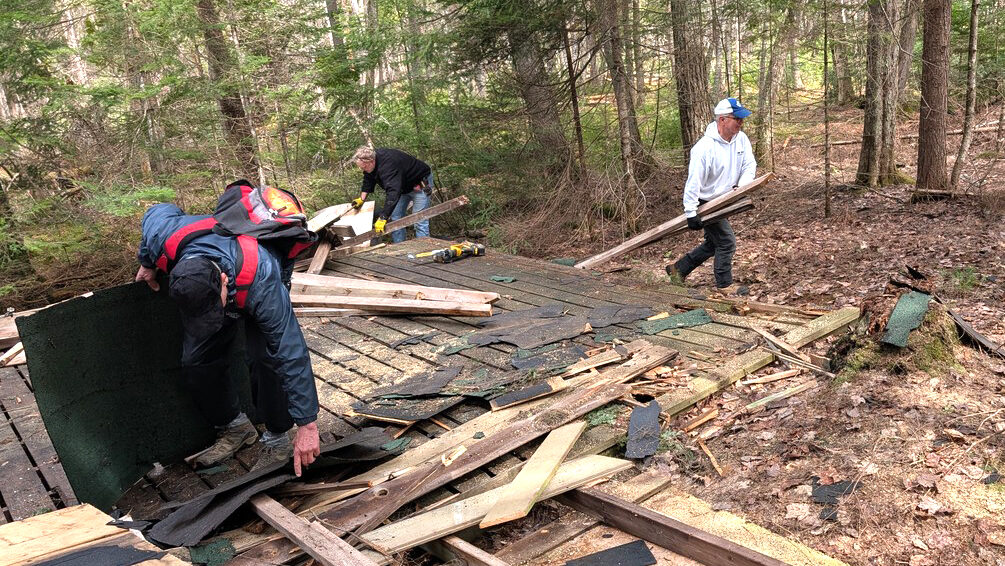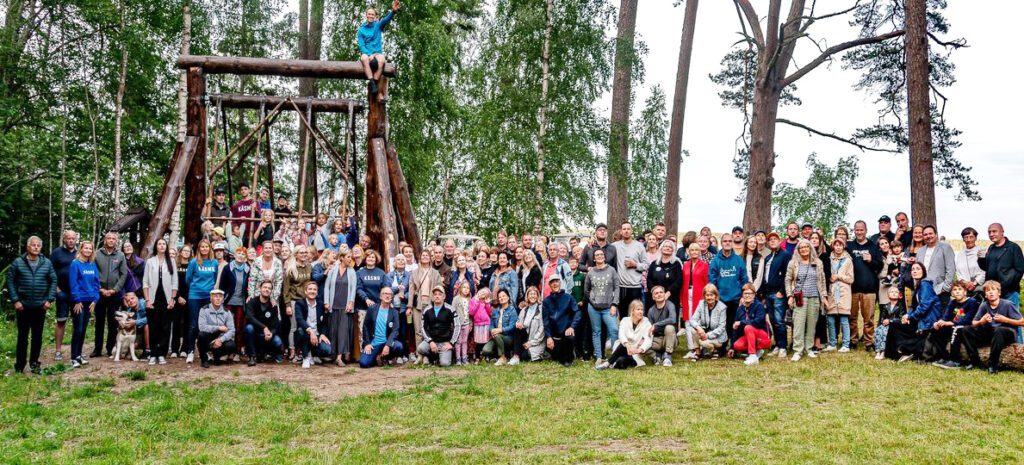
Credit goes to Joosep Kristenbrun (1839-1917) and to Käsmu villagers (because it took a village) who in 1884 established the Käsmu Marine School. In 1892 Kristenbrun raised and contributed funds for a lighthouse, then began building tall ships; by 1910 at age 51 he held majority shares in 20 tall rigs. From 1884-1931, over the school’s 47 years of operation, a total of 1664 registered students, 94 graduated as long-distance ocean captains (kaugesõidukaptenid), 66 of those were Käsmu men.
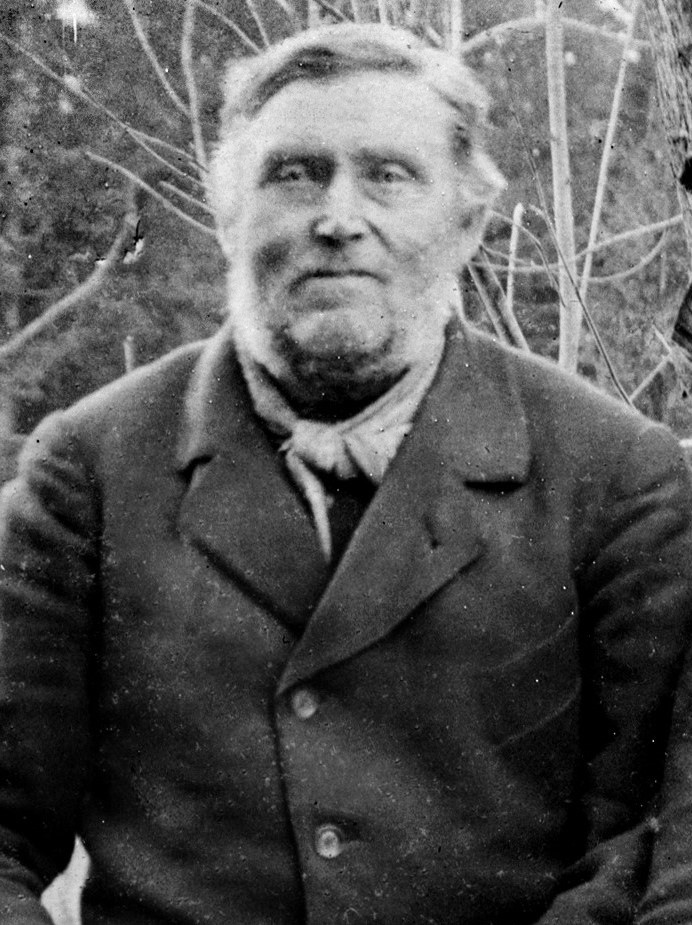
Here’s a report card of subjects studied in 1918-19: Estonian, Russian, English [international maritime language], Arithmetic, Algebra, Geometry, Trigonometry, Navigation and Piloting, Deviation Compass theory, Astronomy, Shipbuilding, Meteorology, Oceanography, Geographic Trade, Rules re Ship Disaster, Sea Winds, First Aid (in the event of sickness or accident), Ship Handling in a hurricane, Steamship mechanics, and Military Tactics. Students attended school classes October to April from 9:00 a.m. to 4:00 p.m. First year graduates earned a coastal first officer diploma (‘coastal' means restricted to the Baltic Sea); 2nd year graduates earned a long-distance-ocean first officer diploma; 3rd year graduates earned a coastal captain diploma (Baltic Sea only); and 4th year graduates earned a long-distance-ocean captain diploma, which required a 2 years’ practicum as a First Officer or Second Officer under a certified captain, 12 of those months in ocean water. After Käsmu’s Marine School closed, many Käsmu students finished their schooling at Tallinn’s Marine School which operated 1919 to 1944.
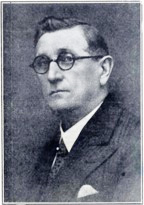
In the mid 1920s, Käsmu-born sea captain Oskar-Leopold Tiedemann (1874-1963), Kristenbrun’s son-in-law, established ‘Käsmu Laeva Omanikud – Shipowners & Brokers – Tallinn’ where the deep harbour accommodated its 12 – 15 2,000+ ton steamships, and 4 – 6 old tall ships. The ‘bread and butter’ cargo of the family company exported wood and its by-products from Estonia, Finland and Sweden to the United Kingdom, in return picking up coal to distribute throughout Europe. As the business flourished, the hive of activity shifted from Käsmu to Tallinn and many of the old homes of Käsmu became summer villas, the captains' homes painted white.
In 1993 Aarne Vaik converted the old Käsmu Marine School into a museum. It’s a popular attraction where guests can explore The Captains’ Village, its dynamic history of sailors who went the distance; proof positive that small can be mighty. For more information on the museum – https://www.kasmu.ee/et
